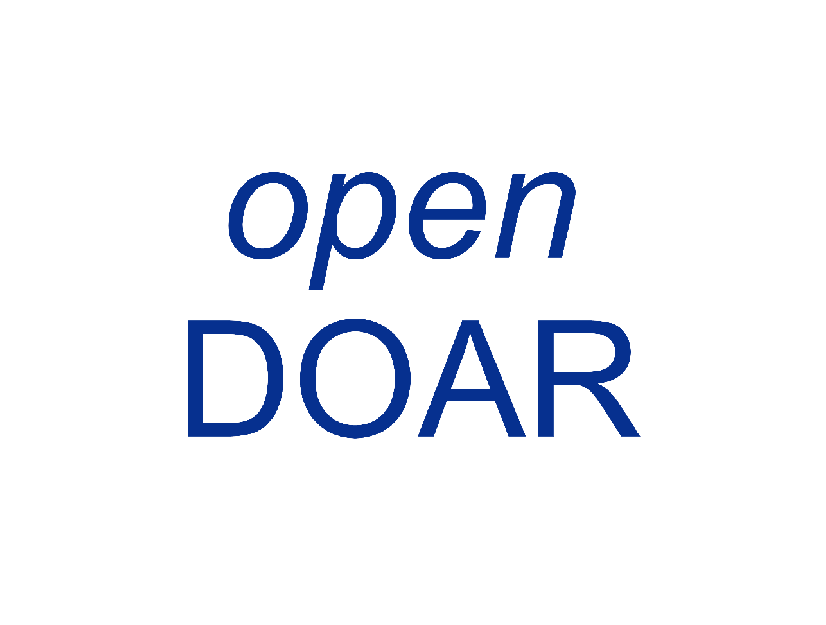Mostrar el registro sencillo del ítem
Análisis histórico del caudal del río chancay: periodo 1914 – 2024
| dc.contributor.advisor | Rufasto Campos, Eleazar Manuel | es_PE |
| dc.contributor.author | Urbina Baigorria, José Luis | es_PE |
| dc.date.accessioned | 2025-11-12T17:03:46Z | |
| dc.date.available | 2025-11-12T17:03:46Z | |
| dc.date.issued | 2025-09-18 | |
| dc.identifier.uri | https://hdl.handle.net/20.500.12893/15576 | |
| dc.description.abstract | El presente estudio aborda la evolución del caudal del río Chancay a lo largo del periodo 1914–2024, con el objetivo de interpretar sus tendencias hidrológicas, analizar los efectos de los trasvases provenientes de los túneles Chotano y Conchano, y proyectar su comportamiento futuro. Para ello, se aplicaron herramientas estadísticas reconocidas en hidrología, como la prueba de Mann-Kendall y la pendiente de Sen (Kendall, 1975; Sen, 1968), además de la prueba T y el modelo ARIMA (3,1,2) propuesto por Box y Jenkins (1976). Los resultados de la serie histórica consolidada evidencian una tendencia decreciente significativa en el caudal del río, la cual se ha sostenido a lo largo de más de un siglo. Si bien los trasvases permitieron una mejora temporal en la disponibilidad hídrica y contribuyeron a disminuir la variabilidad interanual, no lograron modificar la dirección descendente del patrón a largo plazo. Las proyecciones generadas mediante el modelo ARIMA anticipan una continuidad moderada en esta disminución durante los próximos años. Este hallazgo pone de relieve la necesidad urgente de establecer políticas de adaptación, fortalecer el monitoreo hidrológico y promover el uso eficiente del recurso, en línea con los enfoques de seguridad hídrica regional (Autoridad Nacional del Agua, 2022). Este trabajo ofrece un sustento cuantitativo y predictivo útil para la toma de decisiones en la gestión del agua, brindando a las autoridades regionales una herramienta técnica para anticipar escenarios críticos y diseñar estrategias sostenibles orientadas al valle de Lambayeque. | es_PE |
| dc.description.abstract | This study examines the historical evolution of the Chancay River streamflow during the period 1914–2024, aiming to identify hydrological trends, assess the impact of the Chotano and Conchano tunnel transfers, and forecast the future behavior of the flow. The methodology involved the application of statistical tools commonly used in hydrological analysis, such as the Mann-Kendall test and Sen’s slope estimator (Kendall, 1975; Sen, 1968), the T-test, and the ARIMA (3,1,2) model introduced by Box and Jenkins (1976). The analysis of the consolidated historical series revealed a statistically significant declining trend in streamflow, sustained over more than a century. Although the interbasin transfers temporarily enhanced water availability and reduced interannual variability, they were not sufficient to reverse the long-term downward trend. Forecasts based on the ARIMA model indicate that this declining pattern is likely to persist moderately in the coming years. These findings underscore the urgency of implementing adaptive policies, strengthening continuous monitoring systems, and promoting efficient water use, aligned with regional water security strategies (Autoridad Nacional del Agua, 2022). This research provides quantified evidence and predictive modeling to support regional water management, offering technical input for anticipating critical scenarios and formulating sustainable strategies focused on the Lambayeque region. | es_PE |
| dc.format | application/pdf | es_PE |
| dc.language.iso | spa | es_PE |
| dc.publisher | Universidad Nacional Pedro Ruiz Gallo | es_PE |
| dc.rights | info:eu-repo/semantics/openAccess | es_PE |
| dc.rights.uri | http://creativecommons.org/licenses/by-nc-sa/4.0/ | es_PE |
| dc.subject | Recurso hídrico | es_PE |
| dc.subject | Abastecimiento de agua | es_PE |
| dc.subject | Sistema hidrológico | es_PE |
| dc.title | Análisis histórico del caudal del río chancay: periodo 1914 – 2024 | es_PE |
| dc.type | info:eu-repo/semantics/bachelorThesis | es_PE |
| thesis.degree.name | Ingeniero Agronomo | es_PE |
| thesis.degree.grantor | Universidad Nacional Pedro Ruiz Gallo - Facultad de Agronomía | es_PE |
| thesis.degree.discipline | Agronomía | es_PE |
| dc.type.version | info:eu-repo/semantics/submittedVersion | es_PE |
| dc.publisher.country | PE | es_PE |
| dc.subject.ocde | http://purl.org/pe-repo/ocde/ford#4.01.01 | es_PE |
| renati.author.dni | 16540926 | |
| renati.advisor.dni | 16510217 | |
| renati.advisor.orcid | https://orcid.org/0000-0001-9214-1852 | es_PE |
| renati.type | http://purl.org/pe-repo/renati/type#tesis | es_PE |
| renati.level | http://purl.org/pe-repo/renati/nivel#tituloProfesional | es_PE |
| renati.discipline | 811036 | es_PE |
| renati.juror | Campos Ugaz, Walter Antonio | es_PE |
| renati.juror | Solorzano Gonzales, José Arturo | es_PE |
| renati.juror | Nieto Delgado, Wilfredo | es_PE |
Ficheros en el ítem
Este ítem aparece en la(s) siguiente(s) colección(ones)
-
Agronomía [263]







